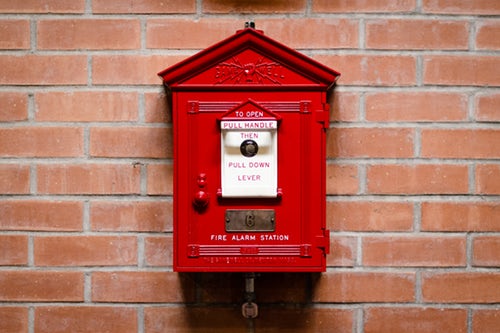- The NBN access network is almost three-quarters built.
- Switching over the NBN may affect the operation of certain services.
- It's integral to register your fire alarms with the Fire Alarm and Lift Emergency Phone Register.

The NBN access network is almost three-quarters built, with more than 4 million homes and businesses already connected, and the company are confident that they'll reach their goal of being fully connected by 2020. The NBN's 2020 outcomes are estimated to include a rollout completion with 11.7 million premises Ready to Connect (RTC) and 8.1 million homes and businesses hooked up to an active service with the NBN. As such, it is highly important that you remember to register your fire alarm with the Fire Alarm and Lift Emergency Phone Register when switching over to the NBN. 
As well as offering upgrades to medical alarms, the NBN is urging Australians to be aware that the rollout may integrate new technologies that some existing fire alarms may not be compatible with. According to the NBN's website, there are seven important steps you should follow to make sure your fire alarm is in safe and working order throughout a migration to the NBN...
1. GET IN TOUCH WITH YOUR FIRE ALARM PROVIDER
To make sure everything's hunky dory, you need to talk to your monitored fire alarm provider about your options for migrating your fire alarm to the NBN, or any other network, prior to the disconnection of your current service.
2. FIND THE ID NUMBER
Next, identify the phone number used by your fire alarm.
3. REGISTER
Register your service with the NBN's Fire Alarm and Lift Emergency Phone Register. This is a free service. Valid registrations (with a valid service phone number) will help the NBN identify where assistance is needed.
4. CHOOSE WHICH ONE TO INSTALL
Once you've had your provider advise you on your options, you will need to select which option to install.
5. ENABLE A CABLER
If additional cabling work is needed, you'll need to organise a registered cabler to do the task.
6. CHECK THAT IT WORKS!
Once the alarm has been migrated, work with your monitored fire alarm provider and equipment providers to make sure everything is working properly.
7. HAVE YOUR FIRE ALARM PROVIDER CHECK IN WITH THE NBN
If everything is successfully, ask your monitored fire alarm provider to notify the NBN that the sercice has been migrated.
Simple!

To find the best NBN plan for your residence, click here.
Not in the rollout zone? You can check out other options by clicking here.
If you'd like to read about what happens to the NBN in an emergency, click here.


